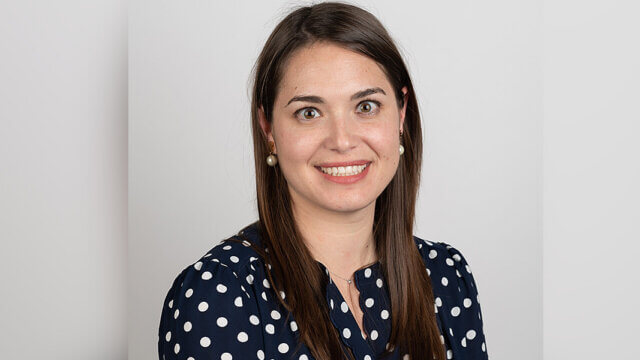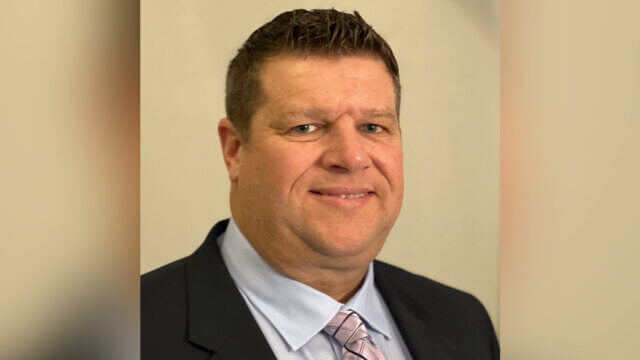By David Wald
The hospitality industry has had a difficult and exhausting year to say the least. Outside of the challenges that all businesses are facing, the ongoing personal interactions that are inherent to the hospitality business create additional risks and burdens associated with COVID-19. Finding ways to safely re-open and operate is imperative not just for the financial health of hospitality companies but for the well-being of their employees and guests as well.
We have worked with organizations both large and small to empower and assist them in their resumption of business activities. Given the rapidly changing environment, their plans must be proactive, flexible and iterative. Some of the best practices we have seen and recommend include the following:
- Plan ahead. It’s imperative to have a plan, developed by a dedicated internal cross-functional team, to put your business in the best position to succeed. This team should document its plan for prevention, mitigation and triage, as this step is now required by a number of states.
- Find an expert partner. Many businesses are partnering with hospitals, specialists, and medical experts to ensure they are up to date on the latest regulations, safety techniques and approaches most appropriate for their particular industries and geographies.
- Put a system in place. Having a digital connectivity and process system in place will help ensure your team is up to speed and connected with the latest information at all times. It can also give you a tool to ensure accountability and identify priorities for action.
- Prevent. One of the easiest places to mitigate potential exposure and risk is in pre-screening employees prior to coming to work. We’ve seen many employers provide pre-screening surveys to ensure someone who is sick or may be sick is identified prior to returning to work and provided instruction (and incentive) to stay home. In addition, we see many businesses enacting checklists and screenings of facilities and sites to ensure proper usage of personal protective equipment, social distancing, sanitization and cleaning techniques, and awareness. Many states now require employers to take these steps.
- Report and triage. Ensure your plan and team know how to deal with an exposure at the workplace. This includes tracking and sending home individuals who were exposed, then ensuring they do not return to the workplace prematurely.
- Engage with your employees. Beware of unintentionally appearing to treat employees as obstacles or burdens—your employees can be your biggest asset in avoiding unsafe behaviors and keeping your workplaces secure. Empower them with information and help them understand how you are looking out for them.
- Monitor regulations and the outbreak. Ensure your team is tracking daily pandemic-related developments across your geographies and be ready to adjust your plan to adapt to changed local circumstances. Track state regulations and closures to ensure you can stay ahead of the curve by using information to guide your decisions.
- Document everything. Given the variety of regulations and potential exposures and risks from lawyers looking at class action lawsuits, having robust documentation powered by a system can help protect your business from legal challenges and regulatory inquiries. Remember that if you can’t prove what you did, there will be a presumption that the action didn’t happen.
- Lean on technology. There are a number of businesses who are doing incredible things with technology and it’s changing every day. From remote testing, to cleaning at the office, to process management, and more, there are innovative tools that can help you. Make sure to focus on solving the biggest and pressing problems first (re-open, keep employees safe, keep guests/customers safe), but don’t be afraid to explore.
- Don’t wait for perfection. Some companies are casting much-too-wide nets to find the perfect solution, which candidly doesn’t exist. It’s better to identify your problem, find a few vendors who can solve, and pick the best solution. Circumstances change quickly and spending six months in an RFP or evaluation of a potential partner puts your team at unnecessary risk while a decision gets made.
Lastly, know that there is no one-size-fits-all approach to navigating through pandemics. We have seen that those who are taking an active approach, staying on top of regulations, coordinating with health experts and local government, utilizing technology to assist, and creating flexible processes have found success. It’s a challenge, and the best way to approach is with an open mind, a willingness to adapt, and a willingness to collaborate in order to prosper in these challenging times.
David Wald is CEO of risk management company Aclaimant.
This is a contributed piece to Hotel Business, authored by an industry professional. The thoughts expressed are the perspective of the bylined individual.




